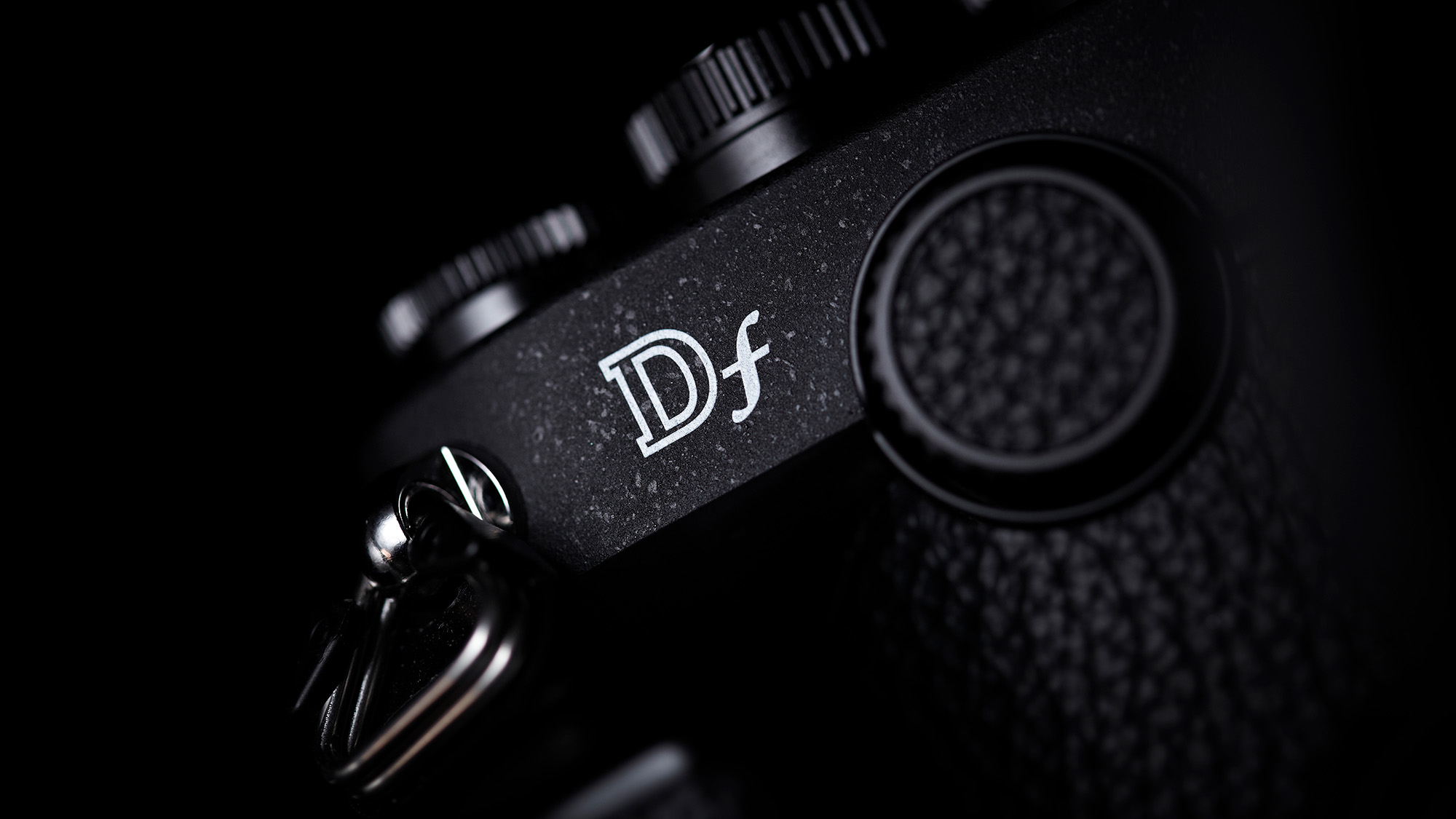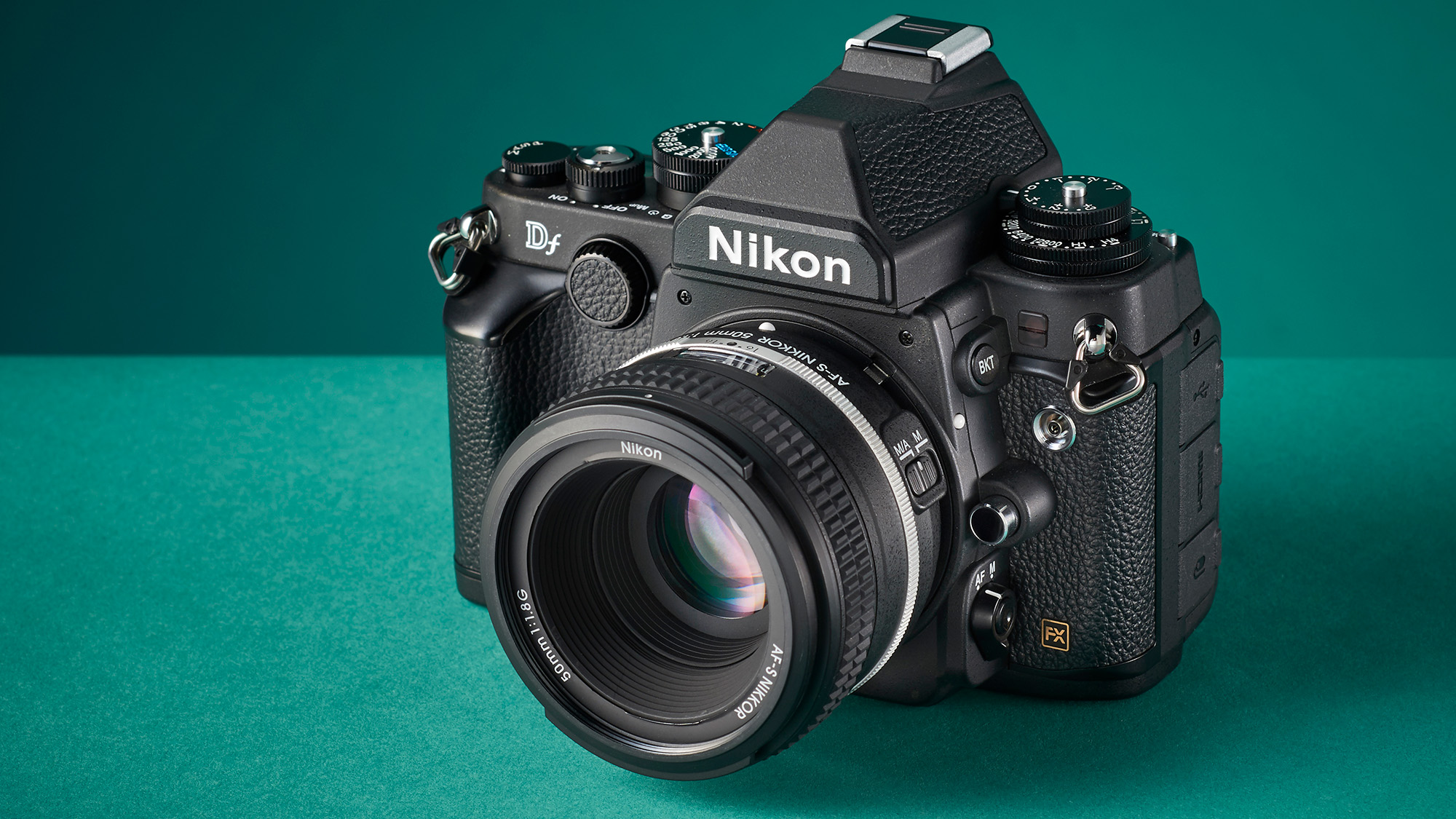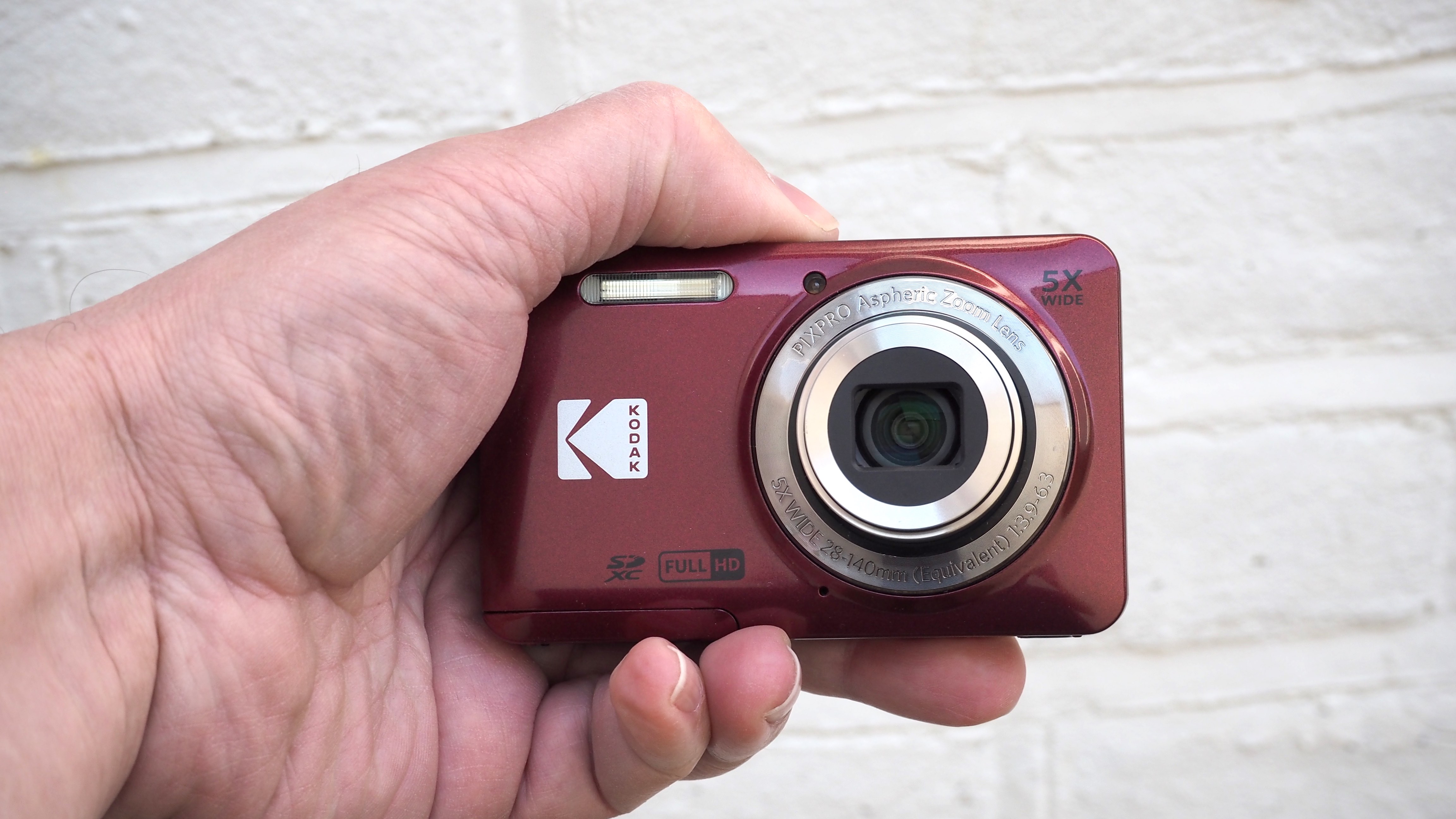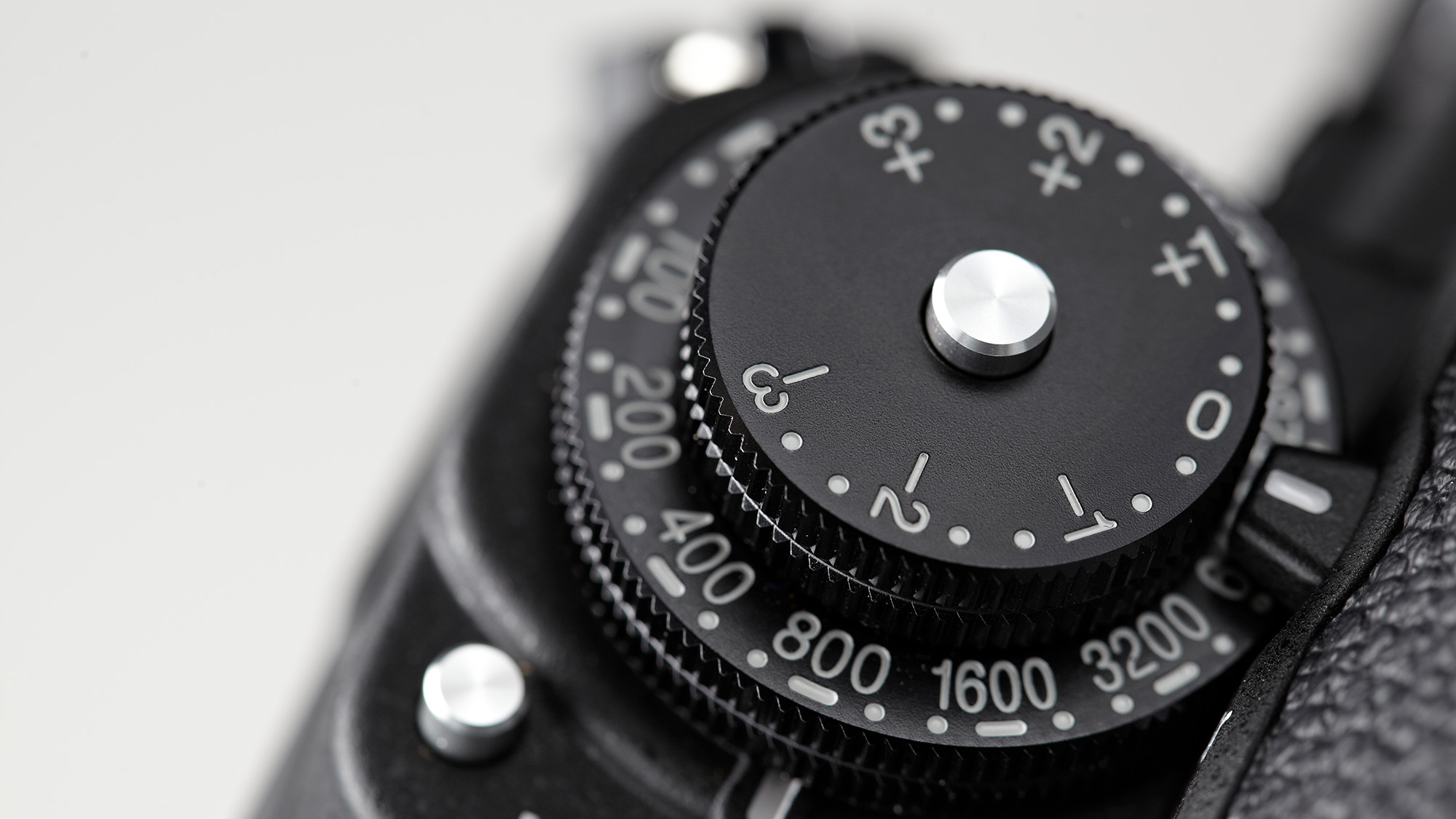
You may not remember the Nikon Df. But I do, and for very good reason.
I picked up a Nikon Z8 last year, having held onto my very well-loved Nikon D800 until I simply couldn't rely on the poor thing anymore. And you know what, I love my Z8. But now that I've had it for a few months, I couldn’t care less that it’s a mirrorless camera. Sure the EVF is a cool mod con, and I don’t miss mirror slap, but day-to-day, my photography hasn’t really changed.
Could I still shoot on a DSLR and be quite happy about it? Absolutely. I was sad to hear that Pentax – the last bastion of the DLSR – has just discontinued the K-3 Mark III. And this got me thinking about who would buy a DSLR in 2025, and what DSLR I would buy in 2025. I didn’t have to ponder the thought for long… a Nikon Df.

I’ve always wanted a Nikon Df. Not only is it the best-looking DSLR in Nikon’s legendary line-up, it’s arguably the truest retro-themed camera in existence. Why? Because beyond its vintage veneer and abundance of physical controls, it has an optical viewfinder and it can only shoot still images. You heard that right, it has no video capabilities at all. You’d be hard-pressed to find a purer digital stills camera.
The Nikon Df really is a remarkable oddity, which is probably why it can still fetch over $1,000 on the used market. But who in their right mind is going to pay anything close to that for an 11-year-old camera, when you could pick up a modern, retro-themed Nikon Zfc or Fujifilm X-T50 for less or roughly the same price?
Well, it's probably a similar answer as to why Gen Z is buying up compact cameras – like the Kodak PixPro FZ55 – many of which capture worse photos than the best camera phones. Because despite the industry narrative – I’m well aware I’ve contributed to this myself – photography isn’t always about tech.

Photography is passion and emotion and creativity. And sometimes it’s flawed and messy. I love that! Sometimes you don’t need (or want) headache-inducing resolutions and sharpness. Sometimes you want a camera you can wrestle with. A camera that makes you push yourself and work harder. And sometimes you just want a camera that’s tactile. Something that allows you to connect with your subject, something camera phones have arguably lost.
That's not to say the Nikon Df’s spec is lacking. It was no slouch upon its release, thanks to having the then-flagship Nikon D4’s sensor and imaging processor. And while 16MP might sound small by today’s standards, it's still more than enough for most photographers.

The steep used price really is the only thing holding the Nikon Df back. It looks good, harkens back to a simpler time in photography, and is capable of producing gorgeous-quality images. Don't get me wrong, I wouldn't want to use it as my main camera.
But as a photographer who already has a workhorse, I’d welcome a Nikon Df into my collection in an instant. But if photography isn’t your job, and you’re looking for a capable stills machine that’ll inspire you to take more photos, it could well be your only camera.
Nikon dubbed its retro DSLR the ‘digital fusion’ – that's what Df stands for – and I can totally see why. It might just be the most authentic bridge between film and digital cameras in existence.
You may also like...
If you want the style of yesteryear but cutting-edge tech, the best retro cameras might be your bag. But if you want nothing but the most authentic retro experience possible, check out the best film cameras. And if you'd rather age your photos after the fact, take a look at the best photo editing software.







